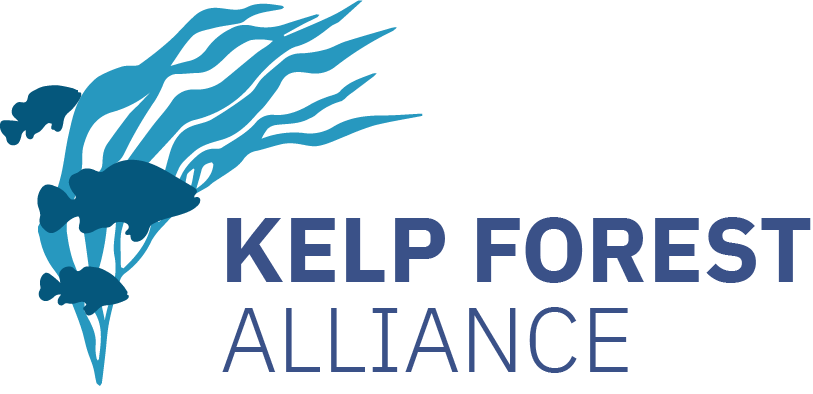Restoration Objective:
The aims of this study were to determine: (i) the practicality of man-made reefs in southern California waters, (ii) the best materials to use, and (iii) the return to the fishermen. The overall objective was to test methods of generating kelp forests to enhance fisheries harvests.
Site Selection Criteria:
Reef sites were selected in extensive flat sand or mud-sand areas far away from rocks that might provide 'competition' to the artificial reefs.
Cause Of Decline:
Macrocystis pyrifera beds along the southern California coast were relatively stable prior to 1940. Declines were first reported in 1945 in areas nearest major sewage outfalls. This deterioration progressively affected beds at increasing distances from the outfalls, leaving small patches. Deterioration of kelp accelerated when an influx of warm oceanic water persisted off California from 1957-1959.




